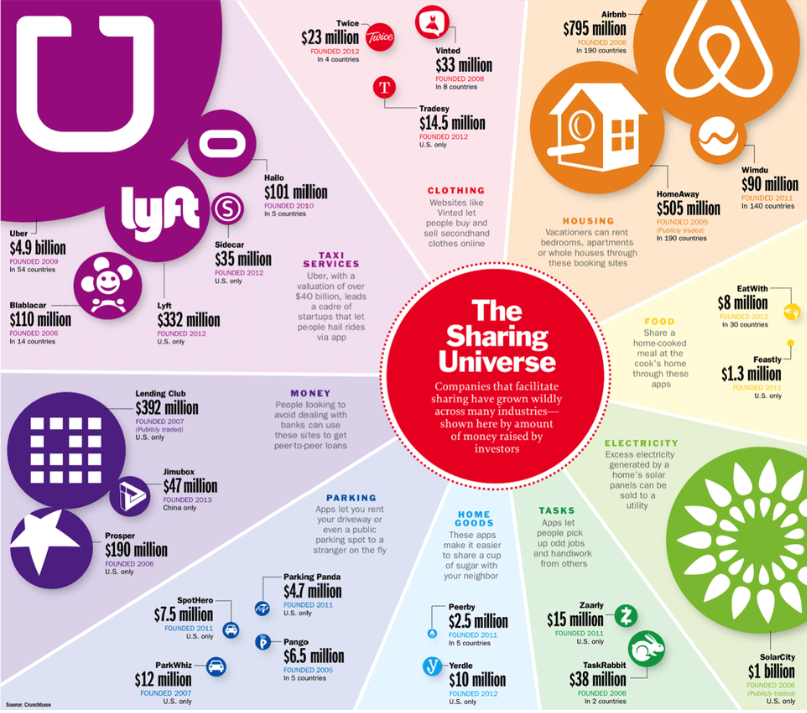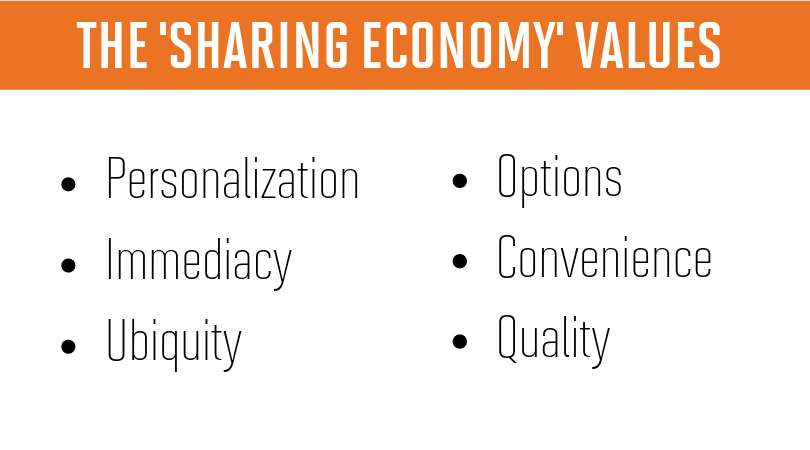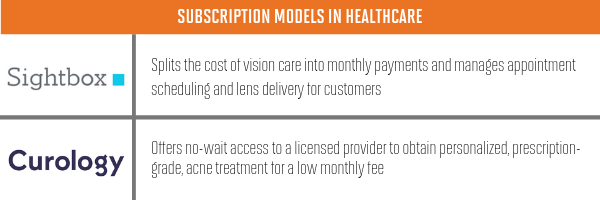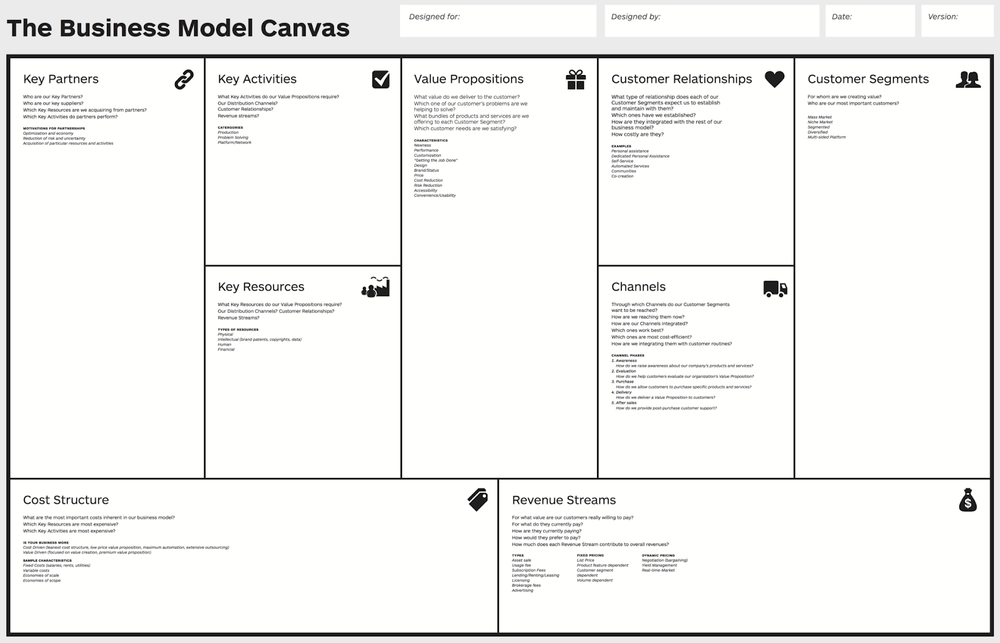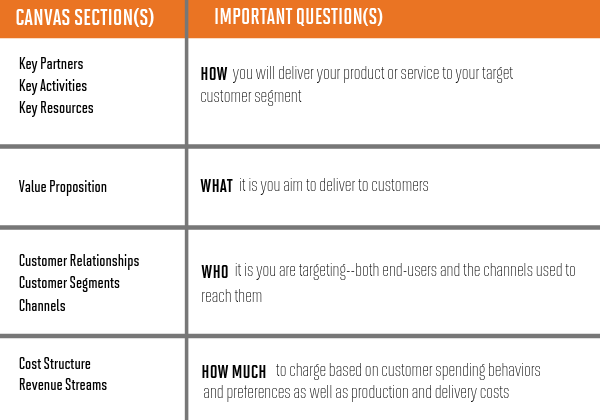In this post, we are discussing tips to help startups identify a winning model through using the Business Model Canvas. To expemplify a strong business model match, we are highlighting the subscription business model due to its recent rise in popularity.
The Subscription Boom
Subscription business models were most commonly associated with newspapers and magazines until the Experience or Sharing Economy dictated new ways of doing business. Nowadays, it seems like everyone is offering their products through a subscription business model and often directly to the consumer (D2C). Subscription is booming because it helps companies deliver value in a way the customer prefers. From the product itself to the way it is delivered and paid for, the design of your offering must always keep the customer in mind. Recall that, in today’s economy, people value the following qualities in any product or service they use:
Subscription business models have become commonplace because they are great at helping businesses deliver their products and services in ways that address what matters to their target customer segments while allowing them to reap additional benefits.
Benefits To Companies:
- Steady revenue streams
- More predictable demand to optimize production and inventory management
- Higher influence on consumer behavior that leads to greater utilization and satisfaction
- Greater opportunities to promote and grow other parts of the business (i.e. subscription boxes introduce customers to new products)
Benefits To Consumers:
- Convenience: restocking/refills are managed and delivered to customers, and fees are due when other bills get paid.
- Personalization and Options: online platforms offer greater product variety and delivery options and use recommendation algorithms to tailor offerings to individual customers
- Ubiquity and Immediacy: the business can be accessed online anytime-anywhere for shopping and order modification.
- Quality: offerings meet requirements and include customer support when needed
Sightbox, a subscription-based contact lens delivery service, joined Jumpstart’s 2016 portfolio and in a record 18 months, exited our portfolio to Johnson & Johnson Vision. Check out this article on the acquisition.
Model Matchmaking
For good reason, subscription has become the model of choice for many businesses. However, one cannot simply assume that it is the right choice for every business–especially yours–without thoughtful consideration of your market, product, and target customer segment. It is imperative that you take the time to review all relevant parts of the environment in which you serve customers and compete with rivals as doing so can better inform you of the most appropriate model for your business, especially in healthcare.
To get started, we recommend thoroughly completing the Business Model Canvas (below). As with the Value Proposition Canvas, this framework allows one to detail the key factors that should influence business model design:
Download Canvas
Jumpstart’s Canvas Breakdown
Each section of the canvas helps answer important questions that will help mold your model:
Does completing this worksheet automatically tell you which model is best for you? Definitely not.
But it serves as a great starting point and guide. Once you go through this activity and think about the questions each of these sections answer, you can start developing your own hypotheses to test for each category of the Business Model Canvas.
For example, in Customer Relationships, you can begin testing whether your target segment expects more or less from you as their service provider as well as what would be required on your end to promote and maintain customer loyalty. In Revenue Streams, you can hypothesize what would be a fitting pricing model based on how customers consume and pay for similar products and services.
TL;DR
Subscription business models have become wildly popular, as they offer great benefits to both consumers and the businesses that adopt them. Is subscription the best model for you? Maybe! Use the Value Proposition Canvas followed by the Business Model Canvas to help you effectively brainstorm how to best deliver value to customers via both your product and business model. You might confirm that subscription is the best choice, or you might even discover a new model that uniquely fits the needs of your business and target market.

